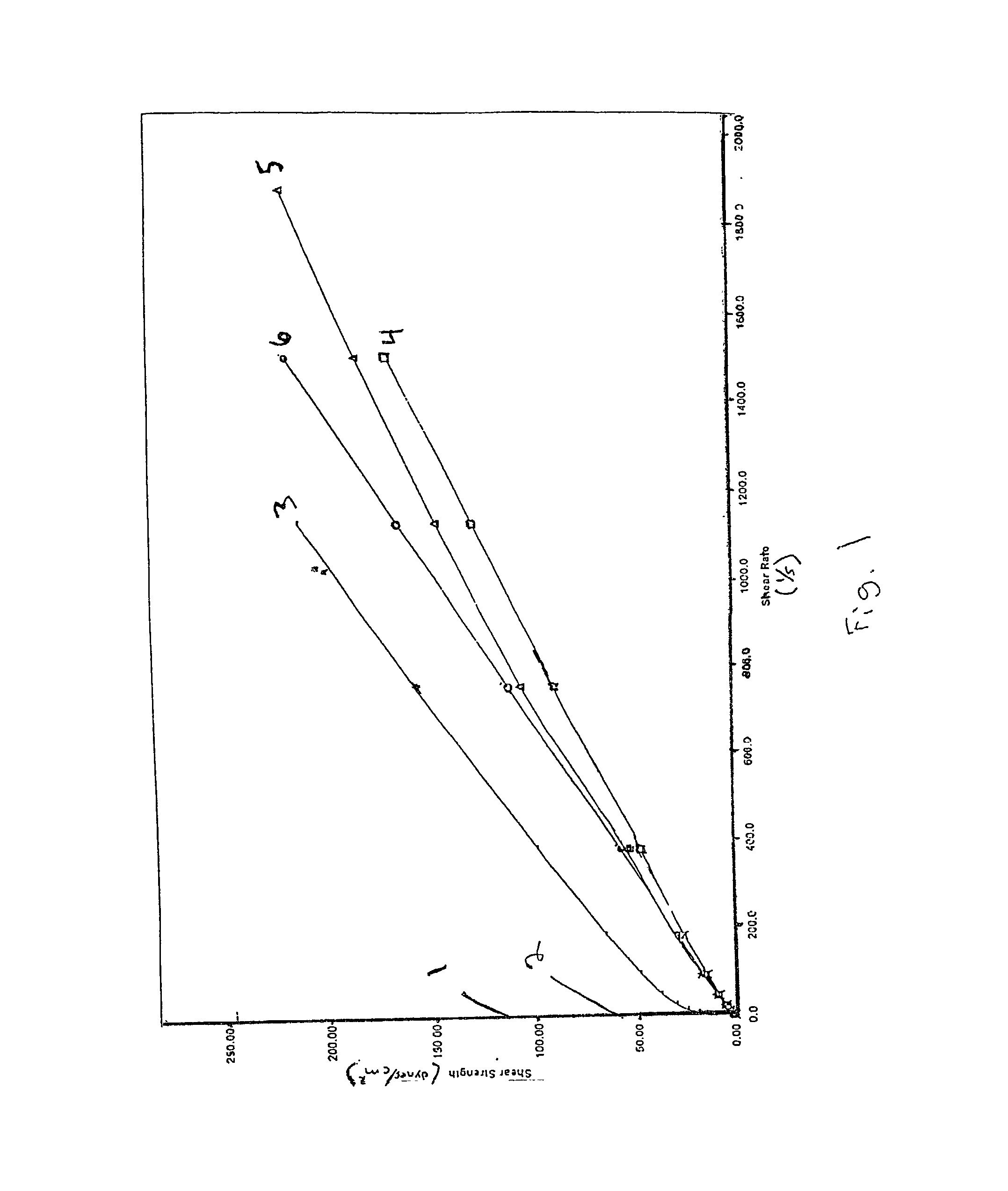Dispersible barium titanate-based particles and methods of forming the same
a barium titanate and particle technology, applied in the field of dispersible barium titanate-based particles and methods of forming the same, can solve the problems of particle agglomeration and/or aggregate in the dispersion, and achieve the effects of increasing the dispersibility of barium titanate-based particles that are treated according to the methods, increasing the dispersibility of particles, and increasing the dispersibility
- Summary
- Abstract
- Description
- Claims
- Application Information
AI Technical Summary
Benefits of technology
Problems solved by technology
Method used
Image
Examples
Embodiment Construction
[0037] Conventional methods of dispersing barium titanate-based particles are compared to a method of the present invention.
[0038] Barium titanate (BaTiO.sub.3) particles were produced in a hydrothermal process. Six samples were made, each of which included 65 g of the barium titanate particles.
[0039] Sample 1 was added to about 35 g of NMP (1-methyl, 2 pyrrolidnone), a solvent, to provide a mixture that included about 65 percent by weight of the barium titanate particles. No coupling agent was added to the mixture. The mixture was mixed with a high shear mixer to provide dispersion 1. This technique is representative of a conventional method of dispersing particles without the addition of a coupling agent.
[0040] Sample 2 was added to about 35 g of NMP (1-methyl, 2 pyrrolidnone) to provide a mixture that included about 65 percent by weight of the barium titanate particles. About 2.6 g (4 percent of the total weight of the particles) of glycidoxypropyltrimethoxysilane, a silane-based...
PUM
| Property | Measurement | Unit |
|---|---|---|
| temperature | aaaaa | aaaaa |
| temperature | aaaaa | aaaaa |
| temperature | aaaaa | aaaaa |
Abstract
Description
Claims
Application Information
 Login to View More
Login to View More - R&D
- Intellectual Property
- Life Sciences
- Materials
- Tech Scout
- Unparalleled Data Quality
- Higher Quality Content
- 60% Fewer Hallucinations
Browse by: Latest US Patents, China's latest patents, Technical Efficacy Thesaurus, Application Domain, Technology Topic, Popular Technical Reports.
© 2025 PatSnap. All rights reserved.Legal|Privacy policy|Modern Slavery Act Transparency Statement|Sitemap|About US| Contact US: help@patsnap.com

